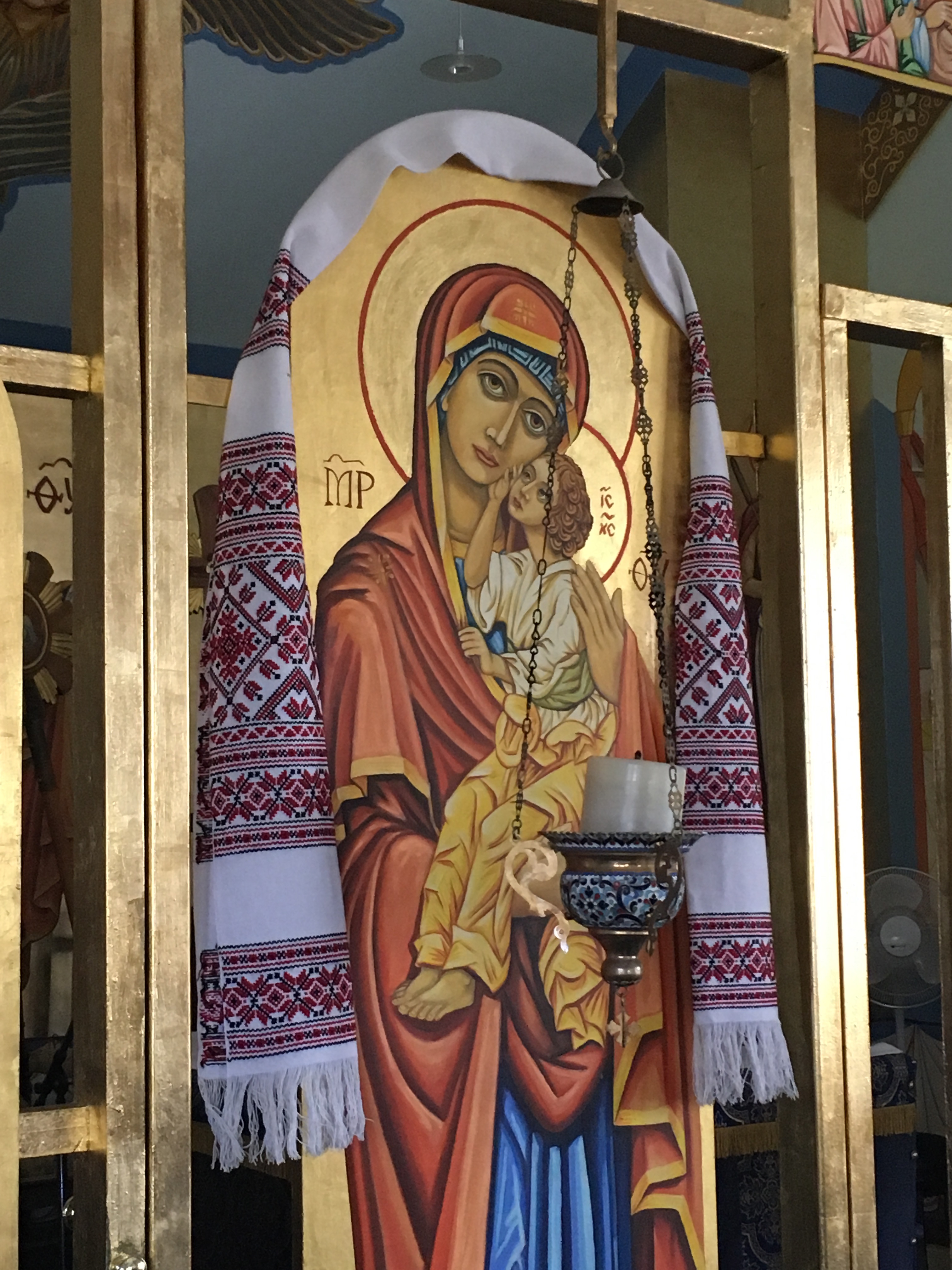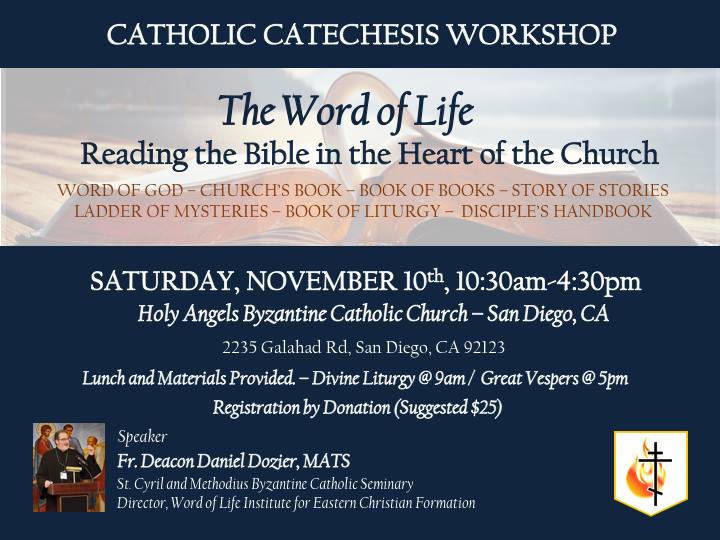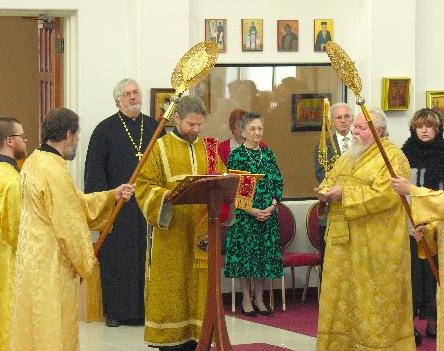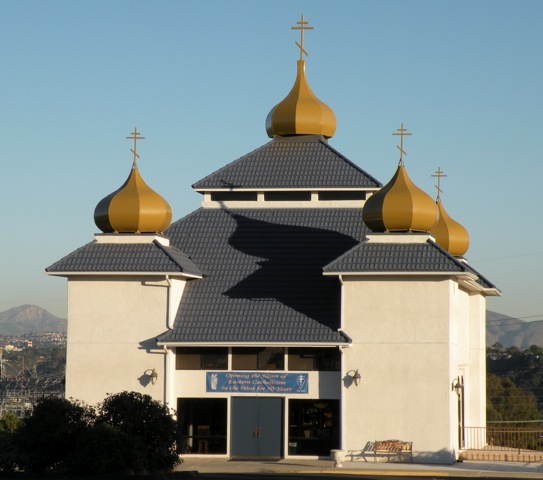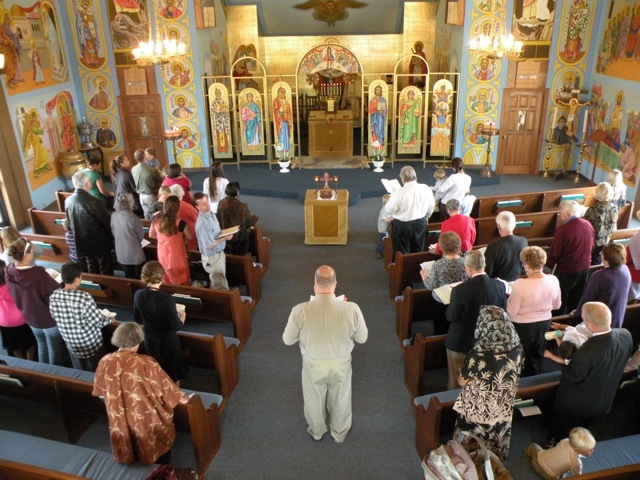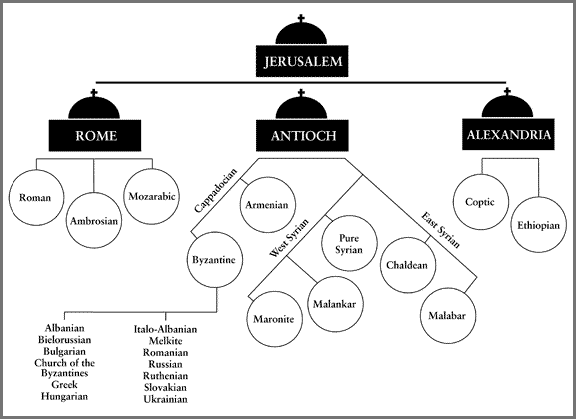Who is Raguel?
If you ever come and visit my parish, you may notice the following icon on the iconostasis:
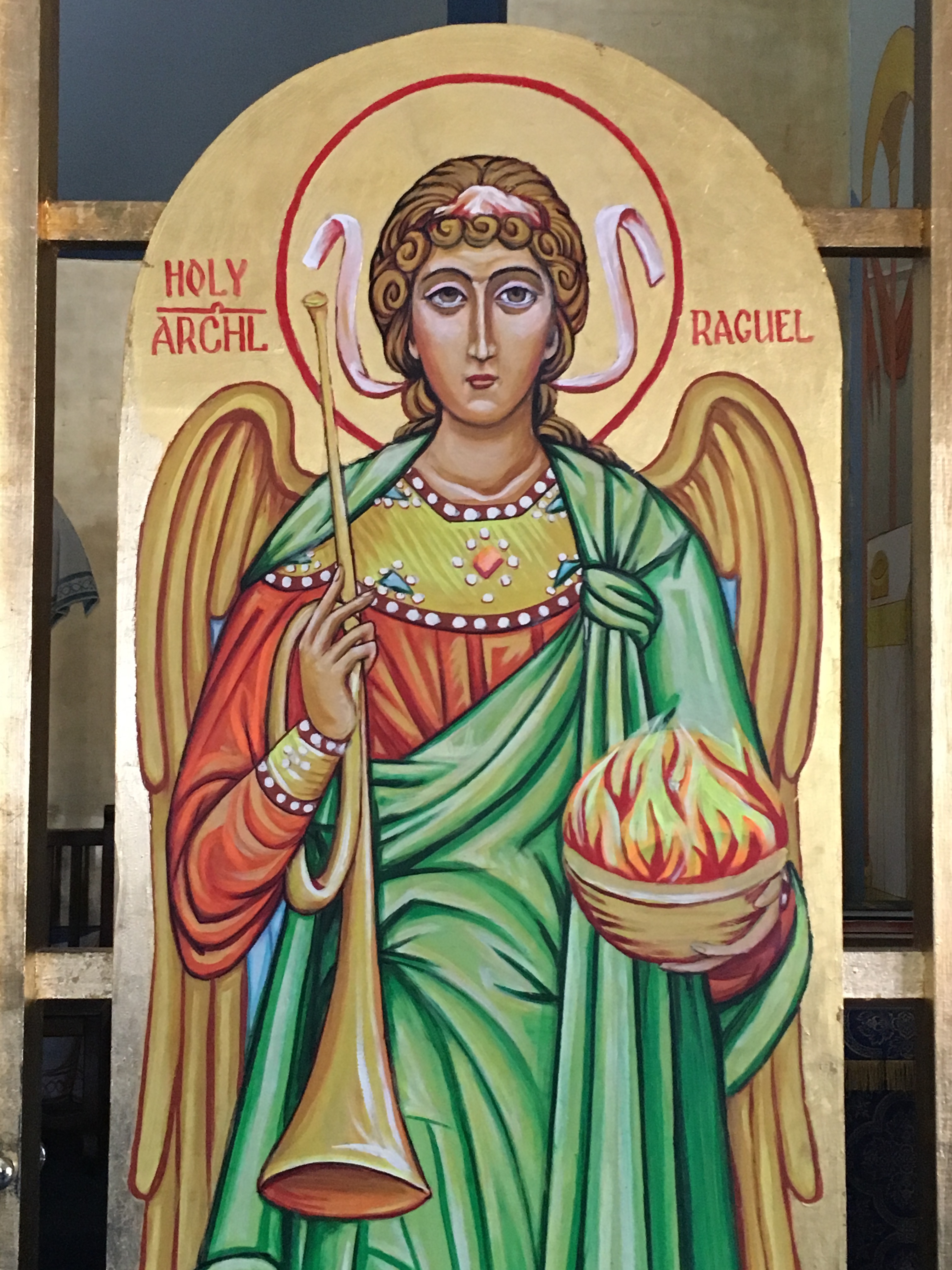
When people visit my church and notice this icon, they often ask me who this is. Raguel is an angel which is not named in the canonical writings of the Bible. He is, however, spoken of in the non-canonical work, the Book of Enoch.
“And these are the names of the Holy Angels who keep watch. Uriel, one of the Holy Angels; namely the Holy Angel of the Spirits of Men. Raguel, one of the Holy Angels; who takes vengeance on the world, and on the lights. Michael, one of the Holy Angels, namely the one put in charge of the best part of humankind, in charge of the nation. Saraqael, one of the Holy Angels; who is in charge of the spirits of men who cause the spirits to sin. Gabriel, one of the Holy Angels, who is in charge of the Serpents, and the Garden, and the Cherubim.
Book of Enoch, Chapter 23
His name means “Friend of God” and is often referred to as the archangel of justice, fairness, harmony, vengeance and redemption.
It might seem strange to some that we render an icon of a character in a non-canonical book, but if the Epistle of Jude can refer to that non-canonical work and still remain Scripture, why not?
